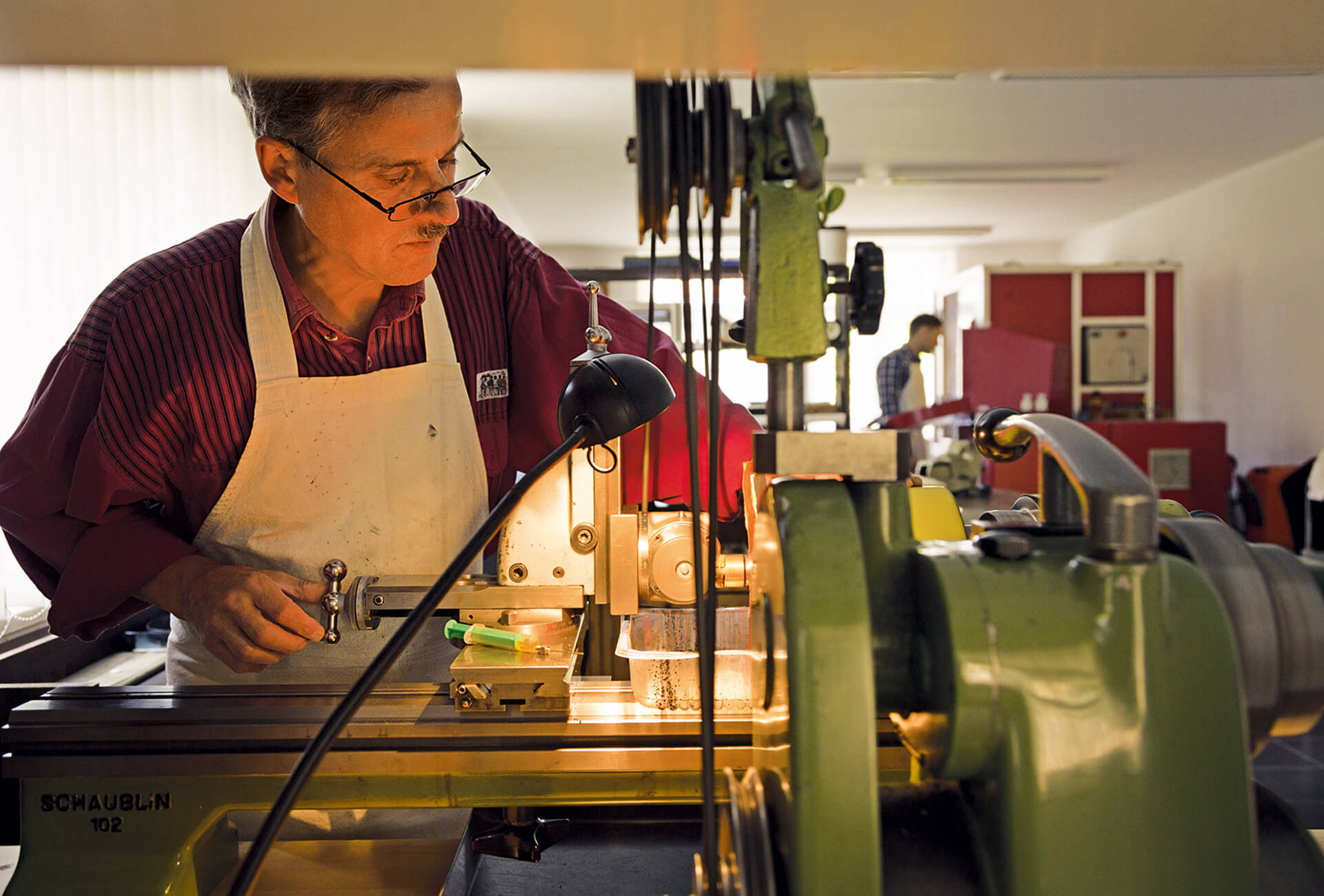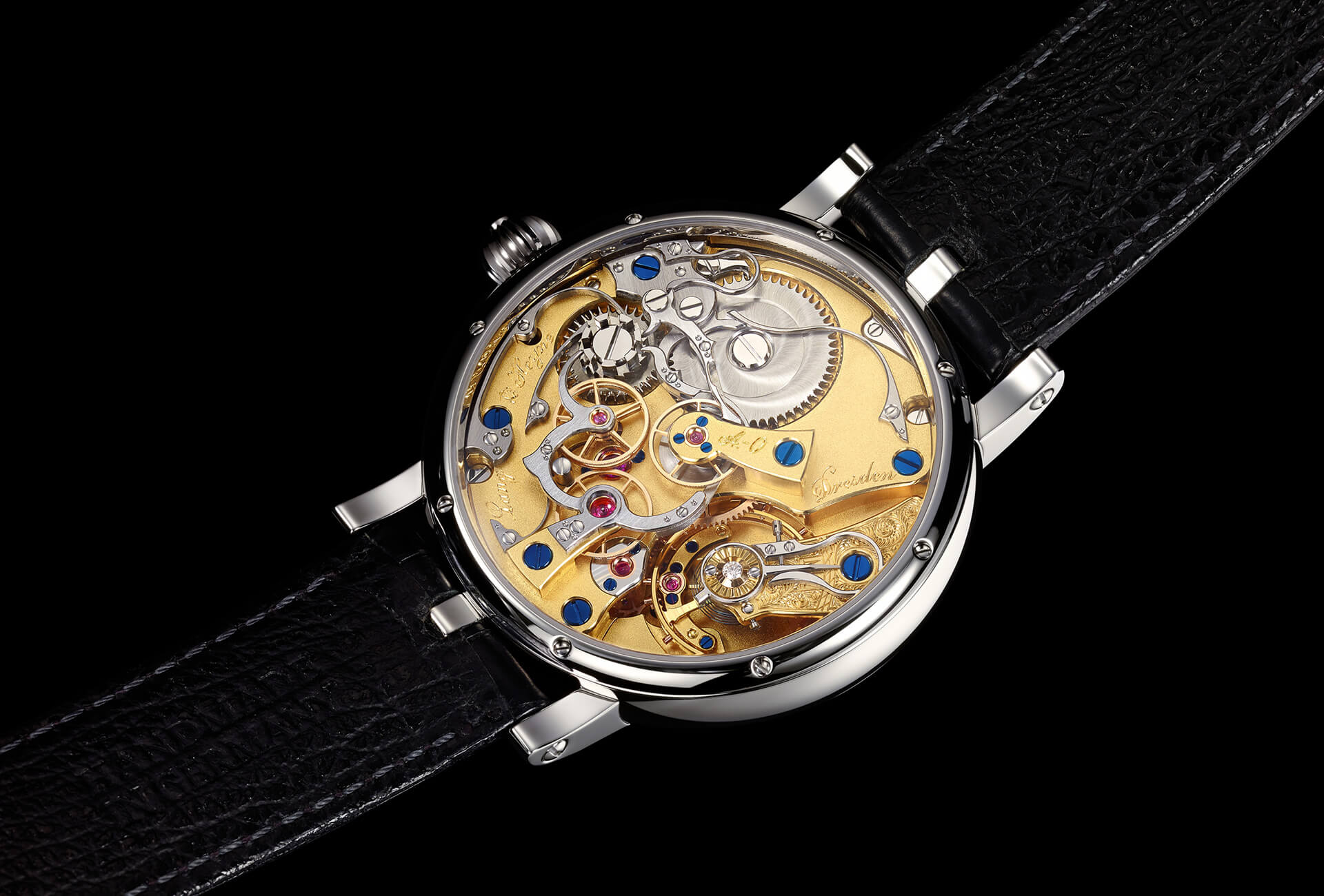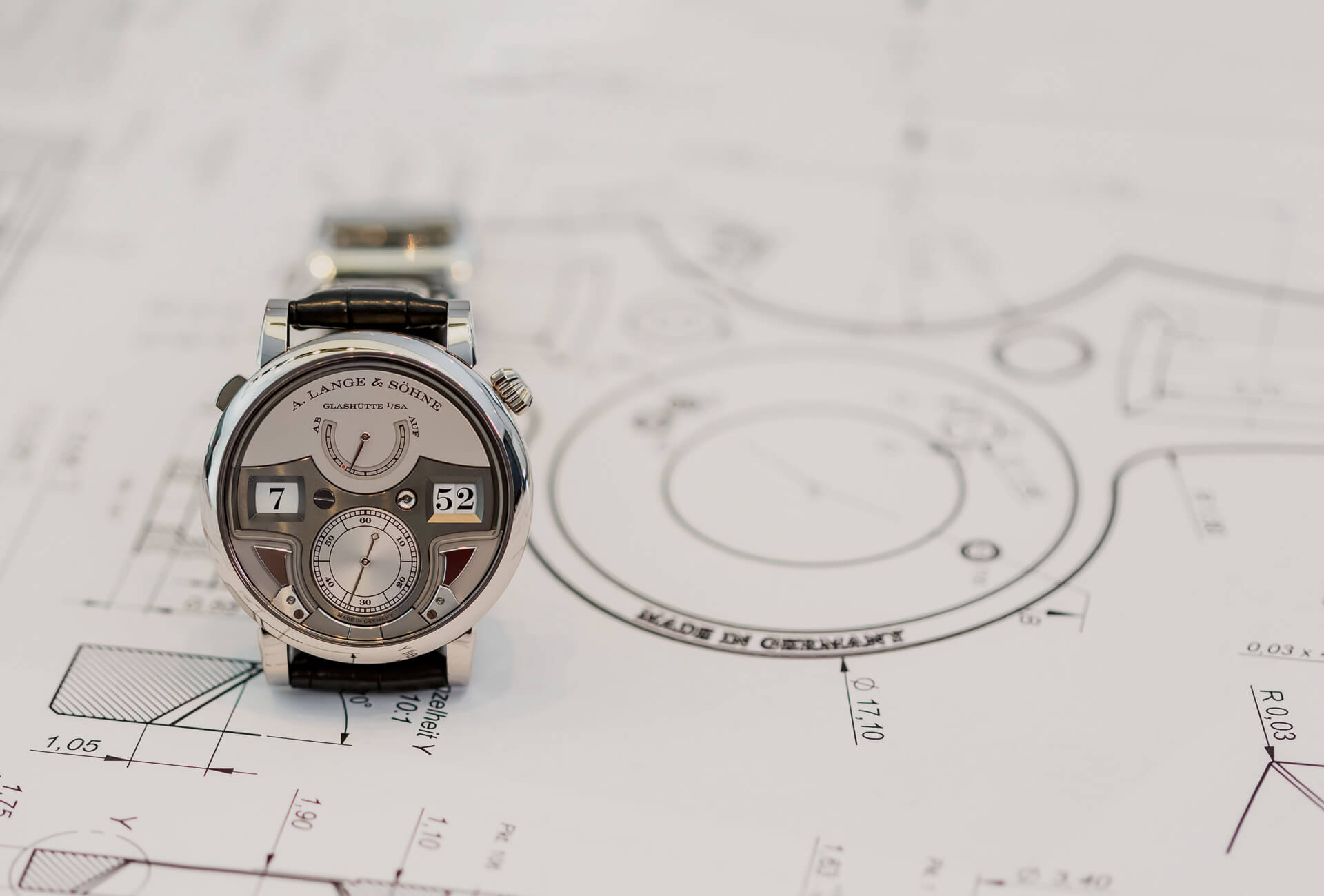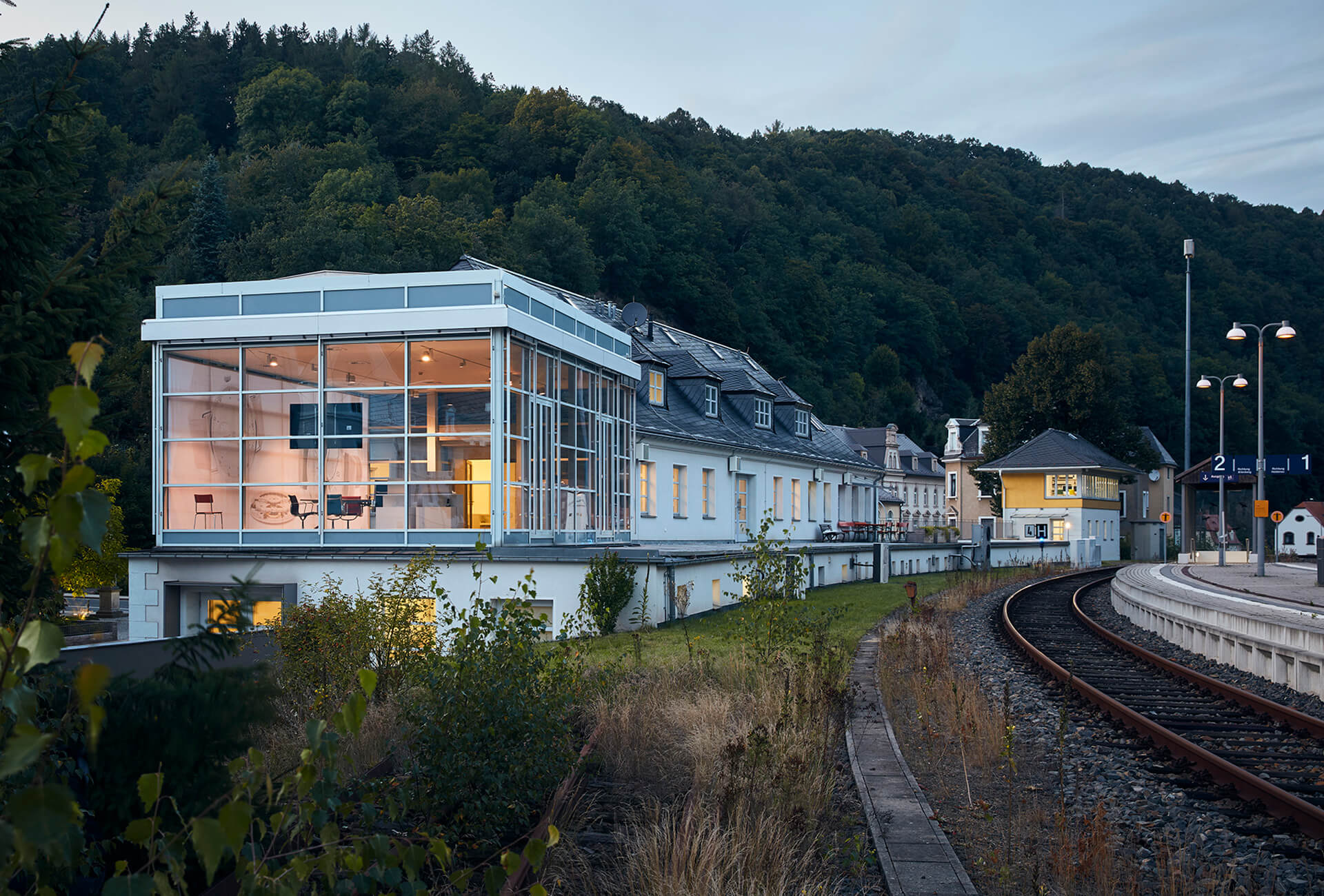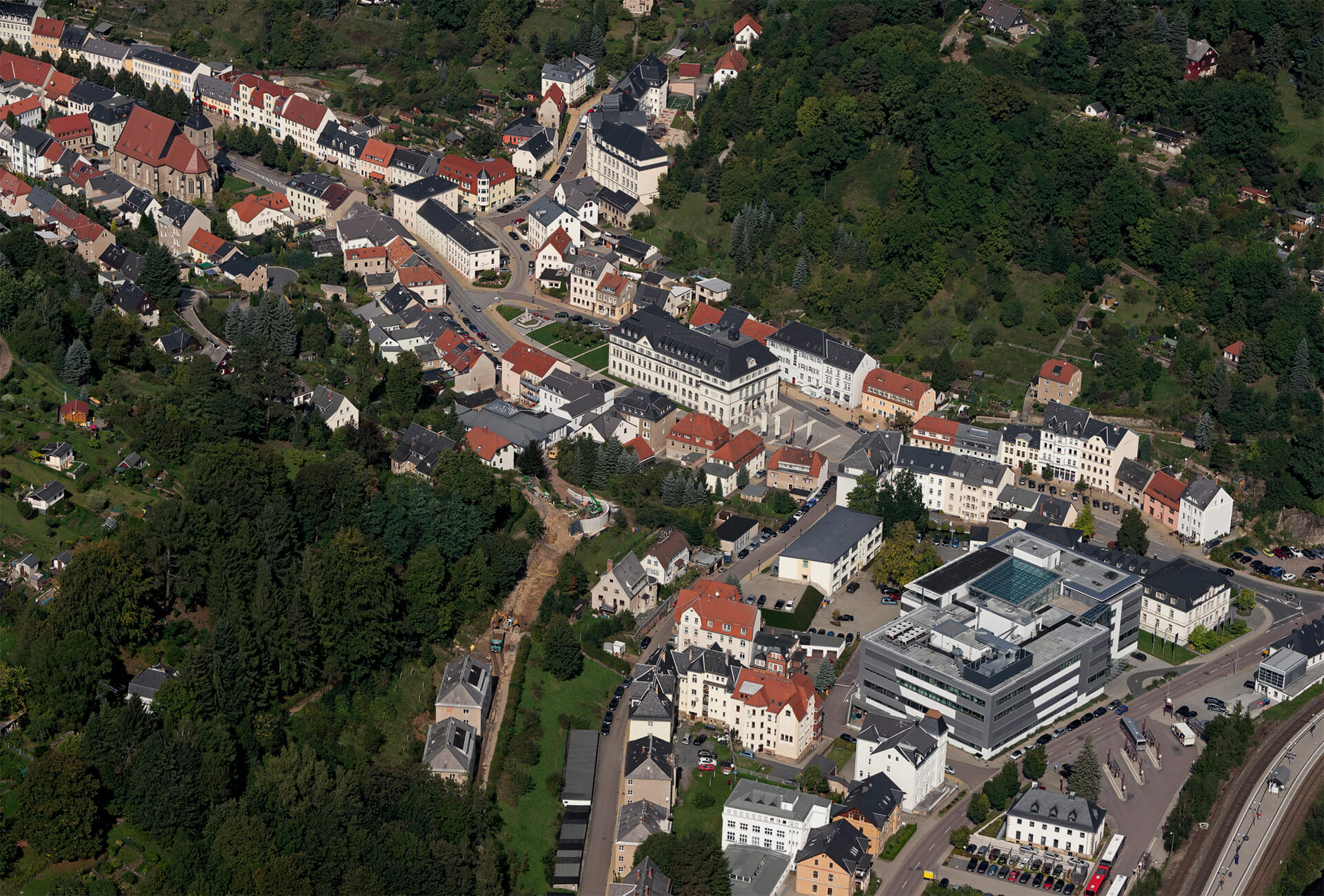Picture an ocean liner towering above Glashütte – a quiet German town steeped in generations of watchmaking – with a circular tower perched on top. Welcome to Moritz Grossmann, named after one of the founding fathers of German horology whose bronze effigy can be admired in the local museum for having established the country’s first ever watchmaking school. That was in 1878, in the exact same building that now houses this horological hall of fame. Its new owner is another local name, Glashütte Original (see Glashütte, the German miracle (II)), itself property of Swatch Group which funded the restoration of the building to its former glory. Ferdinand Adolph Lange, who was first to introduce watch manufacturing to the town, in 1845, is one of those now celebrated within the museum’s walls. In Glashütte, all roads lead to watchmaking and a past entirely given over to the measurement of time, with its days of glory as well as its darker hours. Even the sign at the entrance to the town is a reminder of its vocation. It reads “…hier lebt die Zeit”- “The home of time”.
Moritz Grossmann, the old and the new
Maybe Moritz Grossmann isn’t the first person to spring to mind when asked to name a famous watchmaker. Dig a little though, and you’ll discover one of the torchbearers of watchmaking in the Saxony region; an adventurer of sorts who, having criss-crossed Europe, settled in Glashütte with the aim of adding to its burgeoning international reputation. Grossmann was a talented horologist who, as well as supporting political and social causes, believed in the value of knowledge and wrote several manuals. He died without an heir, leaving only a collection of movement blanks which the Lange family bought. What does remain, beyond a rare few specimens of his work, is the memory of a man of principles whose name all but disappeared into the wider destiny of the town he made his home. No doubt he would have remained that faded bronze silhouette on a museum wall, had not Christine Hutter decided otherwise. A qualified watchmaker, she began her career at Wempe, moving to Maurice Lacroix then on to Lange & Söhne and finally Glashütte Original. Her interest in mechanisms led her to discover Grossmann and, when the desire for independence became too great to ignore, she instantly thought of Moritz Grossmann as the name for the brand she was launching – a name that would reflect the quality and prestige of the timepieces she intended to produce.
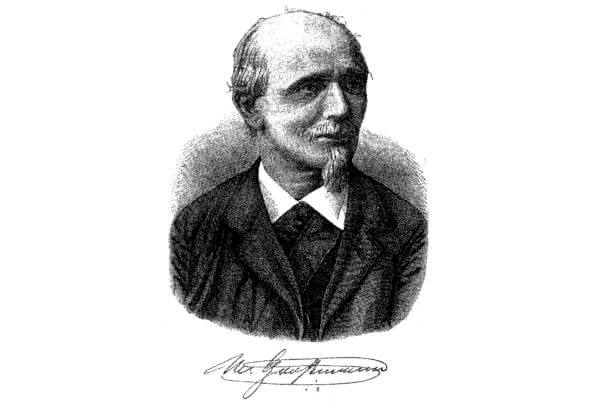
Christine Hutter registered her company in Glashütte in 2008 – incidentally the same year Tutima returned to its home town (see Glashütte, the German miracle (III)). Unlike Tutima, however, the new CEO had only a blank page on which to build her business plan, and Moritz Grossmann as a guiding figure to define her territory. Which she did, in no uncertain terms, from the very first collection, Benu, launched two years later. Since then, the brand has moved to its perch above the town where it has continued to develop its production resources and refine its mechanisms: a patented stop seconds on a tourbillon cage, the proprietary Grossmann balance, and a world-first “twist” system that winds the movement through one of the lugs. This is pure German classicism, in which the desire for precision is equalled only by the standard of finishing. Even the most seasoned watch industry observers are taken aback to learn that a single set of three hands undergoes a finishing process that takes an entire day. Three days for an escapement module. “Our 23 staff make around 500 watches a year. We’ve had to produce a maximum number of components ourselves, given the impossibility of obtaining supplies within the required timeframe and to our standard of quality,” says Rainer Kern, head of communication at Moritz Grossmann. “We can now meet 85% of our needs. Two-thirds of our workforce are involved in finishing.” For the latest name to join Glashütte’s roll call of brands, certain ideals can suffer no compromise.
Lang & Heyne, small is beautiful
The same high standards prevail at Lang & Heyne, which has set up home not in Glashütte itself but some thirty kilometres away, inside a picturesque villa in Dresden. Though outside the Glashütte circle of influence, the brand is no less devoted to exploring watchmaking’s uppermost limits and beyond. “Exclusive” barely begins to describe production, which hovers at around fifty pieces a year – 54 in 2017, the best year for the company which to date has sent 400 watches out into the big wide world. Artisanship takes on its full meaning here – understandably for a brand that became a member of the Académie Horlogère des Créateurs Indépendants, a prestigious grouping of independent watchmakers, in 2005. Marco Lang caught the watchmaking bug at an early age. His father was a restoration specialist at Dresden’s renowned Mathematisch-Physikalischen Salon, one of the most important collections of scientific instruments in the world, including many truly extraordinary timepieces, although for Marco watchmaking “started out as a hobby.” Things became a lot more serious after he teamed up with Mirko Heyne, a talented young watchmaker. Lang & Heyne was founded in 2001. “We’ve since gone our separate ways,” says Marco Lang, “but the manufactory has kept its name.”
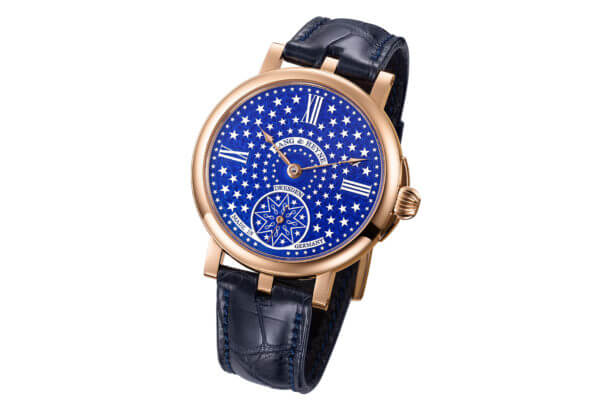
The brand made its debut at Baselworld in 2002, where it showed the Friedrich August and Johann watches. By the end of the week, order books were full and Lang & Heyne could get down to serious business. After initially working with Unitas base calibres, the company upped its game and in 2005 began to reduce its reliance on suppliers. It now produces in-house every one of the components (except springs and jewels) that enter into the eight calibres that carry the Lang & Heyne name. The level of finishing afforded to each part borders on obsessive; it becomes clear why a single screw has a value in the region of €100 after learning that a full hour is spent on its finishing. Such attention to detail hasn’t escaped collectors, or investors. In 2013, the company (which employs fifteen staff) became part of Tempus Arte Holding, whose other entities are Munich brand Leinfelder and movement/component-maker Uhren-Werke-Dresden, creator of the UWD 33.1 mechanical calibre. These new circumstances brought with them a new goal of 200 watches a year, although the brand is under no pressure to reach that objective within a given timeframe. Marco Lang can continue to devote the same infinite care and attention to each of his timepieces which, as though to further anchor them within the region, are named after some of the 35 nobles in the House of Wettin, which ruled Saxony from 1127 to 1904. They are depicted, as a mounted procession, on a porcelain frieze that stretches for 100 metres along a wall of Dresden Castle. A royal history for a regal profession.








